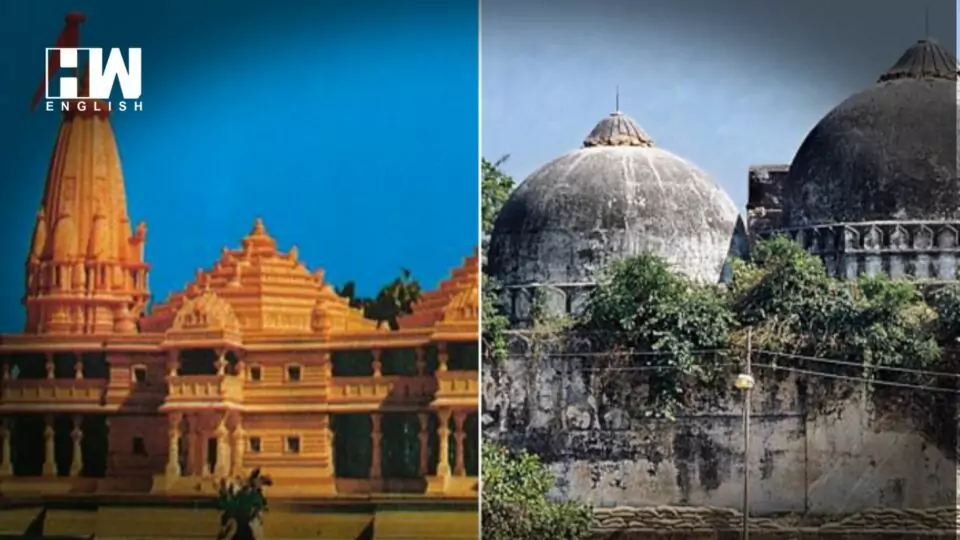In a significant event, millions of Indians are currently witnessing the consecration of the Ram Temple in Ayodhya, marking the conclusion of a tale that has unfolded over centuries. The temple, dedicated to Lord Ram, now stands on contested land, a place many Hindus believe to be the birthsite of the revered deity symbolizing the eternal victory of good over evil.
The narrative began its course in 1853 when a Hindu sect asserted that a temple at Ram’s birthplace was dismantled during Babur’s reign to pave the way for the Babri Masjid. British colonial rulers further complicated matters in 1859 by partitioning the site, designating separate sections for Muslim and Hindu worship. The tensions escalated in 1949 when Hindu idols found their place inside the mosque, triggering civil suits from both communities.
The pivotal moment unfolded in the 1980s when the Bharatiya Janata Party (BJP), now a formidable political entity, initiated a campaign spearheaded by Lal Krishna Advani to construct a Ram temple. Despite court directives in 1986 to open the Babri Masjid’s gates for Hindu worship, the situation spiraled, culminating in the demolition of the mosque on December 6, 1992, by Hindu mobs, sparking widespread unrest.
Legal battles ensued, and in 2019, India’s Supreme Court decreed that the contested land should be entrusted to a trust for the construction of the Ram Temple, with an alternative site allocated for a mosque. While the court acknowledged historical wrongs, it refrained from imposing consequences, leaving the Indian Muslim community disheartened.
Historical conflicts over the site trace back to Babur’s era, featuring conflicting narratives regarding the construction and destruction of a temple. The Archaeological Survey of India’s 2003 survey revealed evidence of a Hindu complex beneath the mosque, triggering persistent disagreements.
In 2010, the Allahabad High Court divided the land into three parts, a decision contested by all parties. The Supreme Court intervened in 2011, leading to the landmark 2019 ruling.
As the consecration ceremony unfolds today, it signifies the conclusion of a tumultuous journey marked by historical, religious, and legal controversies. The Ram Temple emerges not just as a testament to faith but as a symbol of an intricate narrative that has indelibly shaped India’s socio-political landscape.
As an independent media platform, we do not take advertisements from governments and corporate houses. It is you, our readers, who have supported us on our journey to do honest and unbiased journalism. Please contribute, so that we can continue to do the same in future.

